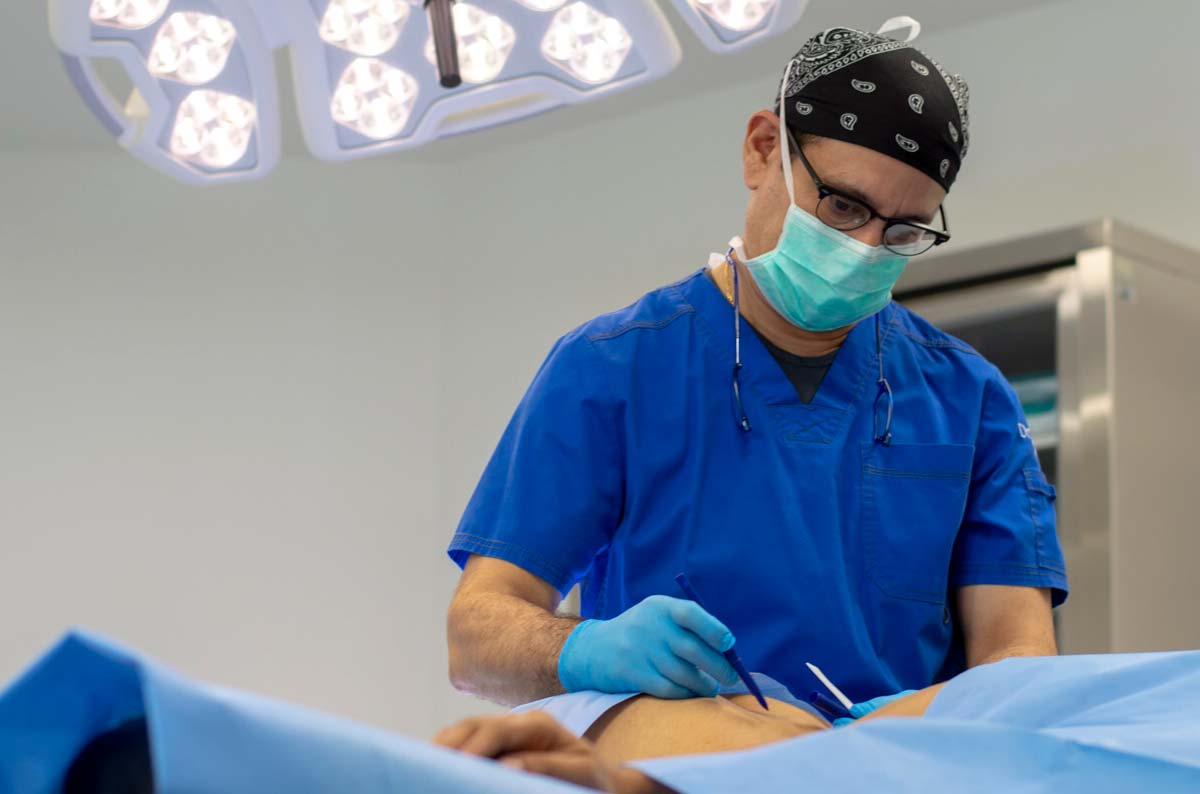The term gynecomastia defines an increase in mammary glandular tissue in men that generally appears in certain periods of life such as the neonatal, pubertal or senile period, being the expression of a certain imbalance in the action of estrogens and androgens in the mammary gland and that usually evolves towards spontaneous resolution.
Gynecomastia, such as the proliferation of mammary glandular tissue in men, which may be unilateral or bilateral, concentric or not concerning the nipple and areola, and which may associate other signs, such as sensation of tension or pain. It must be distinguished from adipomastia (fatty breasts), in which the increase in breast size is at the expense of adipose tissue and not glandular tissue.
Regarding the prevalence, the figures offered by the different authors vary greatly depending on the criteria that define it (0.5 cm or 2 cm of glandular tissue) and the technique used in the measurement ranging from 4 % and 64.6%.
Hyperplasia of the breast tissue that, typically, usually appears at least 6 months after puberty begins, correlates positively with the age range between 10 and 13 years and with the testicular volume of 5 to 10 ml, usually less than 4 cm and, usually, return spontaneously (up to 90% at 3 years).
It is generally a self-limited process that does not require treatment but, occasionally, maybe an expression of underlying alterations and require pharmacological or surgical treatment.
TREATMENT
Gynecomastia management will depend on the etiology, duration, severity and the presence or absence of pain or inflammation.
It is important to take into account whether it is a pubertal or prepubertal gynecomastia and to know that, according to the cases published so far, in more than 90% of cases the pubertal gynecomastia will be resolved spontaneously, based on the treatment in the adequate information of what is the expected situation and evolution, thus reassuring the patient and the family.
The procedure. The goal of gynecomastia surgery is to restore a normal male breast contour and correct deformities of the breast, nipple or areola. Surgical options include liposuction, excision (surgical removal of tissue) or a combination of both approaches. Glandular breast tissue is denser than fatty tissue and is not suitable for liposuction.
* The choice of surgical technique depends on the likelihood of skin redundancy after surgery. Skin contraction is greater in younger patients than in older patients.
* The most common approach is the intra-areolar incision, or Webster’s incision, which extends along the circumference of the lower half of the areola in the pigmented part.
* The length of the incision will be based on your anatomy.
* In severe gynecomastia, skin resection (surgical removal of a part of an organ or structure) and moving the nipple (transposition of the nipple) may be necessary.
Minimally invasive surgical procedures for gynecomastia have gained popularity over the years. The scars that remain as a result of gynecomastia surgery vary depending on the amount of breast tissue you have and the elasticity of your skin. Even those who have larger breasts and tend to have larger scars are usually quite satisfied with the results.

Posted 16 October, 2019

Posted 7 October, 2019
